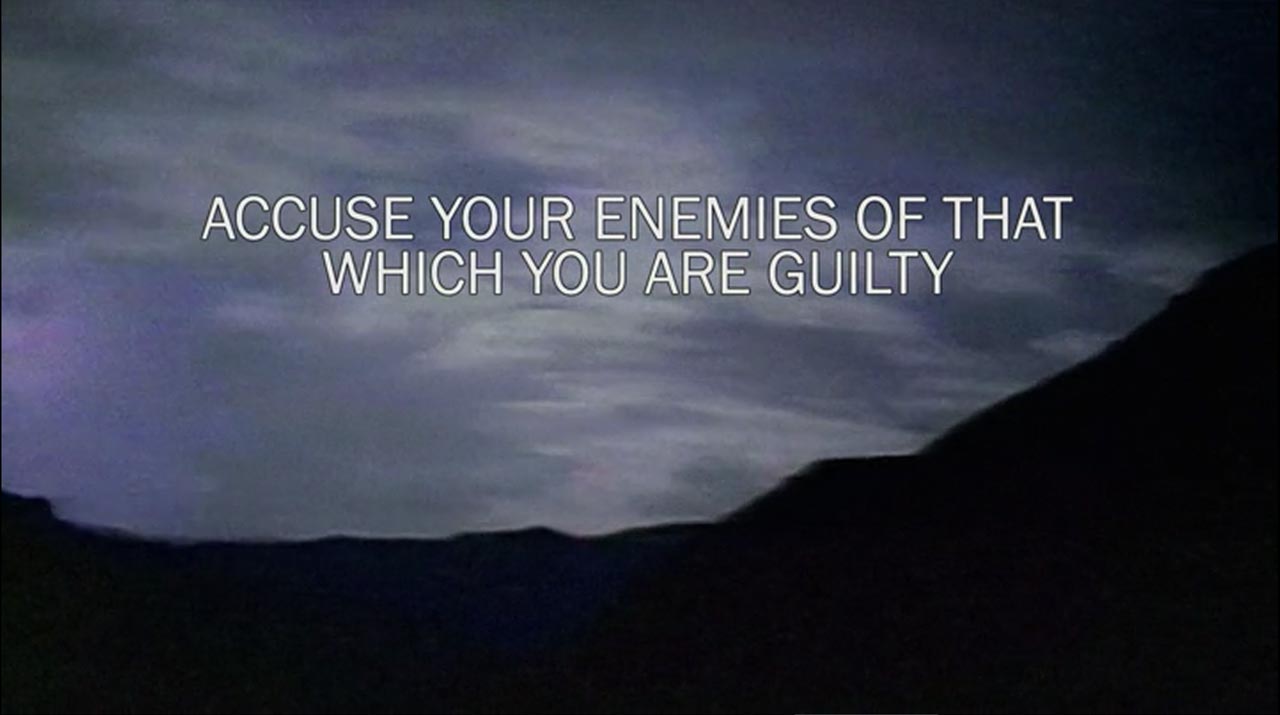The World is Different, Mulder: The X-Files, ‘This’
With only 9 episodes left in what will probably be the last season of The X-Files, the show is wasting no time overwhelming viewers with an onslaught of information and action-packed set pieces. This week’s installment, called simply “This,” opens with the familiar “1, 2, 3, 4!” of The Ramones’ blisteringly fun cover of “California Sun.” There is a bit of build-up and then wham! The show moves right into an exhilarating, brilliantly edited shoot-out sequence.
The audience barely has time to take a breath, much less ask the important questions of “Who? What? Where? When?” before Mulder and Scully are forced to go on the lam from some obviously nasty people and possibly even their friend and colleague Walter Skinner. (By the way, has anyone on the show ever referred to him as “Walter” until now?)
Whereas Season 11’s premiere episode had a lot of people groaning, “This” seems like it will be a surefire crowd-pleaser, especially with the re-appearance of Langly. I think. I hope. It also highlights something about The X-Files that I don’t think I’d considered before now: what is it that people actually LIKE about the show?
I used to think it was all the creepy monsters, weird conspiracy stuff, and sexual tension between Mulder and Scully. But based on the responses to last season, it seems that maybe it’s the sexual tension between Mulder and Scully and the LOLZ. Episodes like “Mulder and Scully Meet the Were-Creature” were, terrible jokes about trans folks aside, genuinely well-received. The more conspiracy-laden dramatic ones? Not so much.
For my part, as much as I enjoy the goofy episodes (still laughing about the bran muffin scene), I still like being freaked out. “This” did get downright weird when the main narrative takes over. There’s a secret society where the consciousness of various dead people---including the Lone Gunmen’s Langly, who officially died in 2002---continues to exist on a computer server. Erica Price (Barbara Hershey) feels like an alternate universe version of Get Out’s Catherine Keener and overall, this element of the episode manages to make virtual simulations about a million times more scary than the entirety of the movie Transcendence.
So how does this all connect to what we saw in the last episode? Or even the previous season? Thanks to Skinner, we know that the X-Files were closed in 2002, digitized for online access, and then once the X-Files were reopened, control of them reverted back to the FBI. Skinner’s exposition makes it seem like “This” takes place at some point during last season when the X-Files were officially re-opened.
Yet, interestingly, like the last episode’s many visual references to the current US White House administration, this one also makes a few jabs. “The Bureau is not in good standing with the White House these days,” notes Skinner, which seems timely after his name-check of Robert Mueller earlier in the same scene. Even more telling is the way that I WANT TO BELIEVE is replaced in the opening credits with ACCUSE YOUR ENEMIES OF THAT WHICH YOU ARE GUILTY. Not to mention the continued references to Russian interests and private security companies.
Could it be argued, then, that this season of The X-Files exists in a parallel universe to our own? Much like Twin Peaks, it plays around with time, space, and history, both that which pertains to real-life people and that which pertains to the show itself. In this way, it seems like The X-Files is just as concerned with commenting on itself as it is with helping viewers make sense of the world we live in now.



